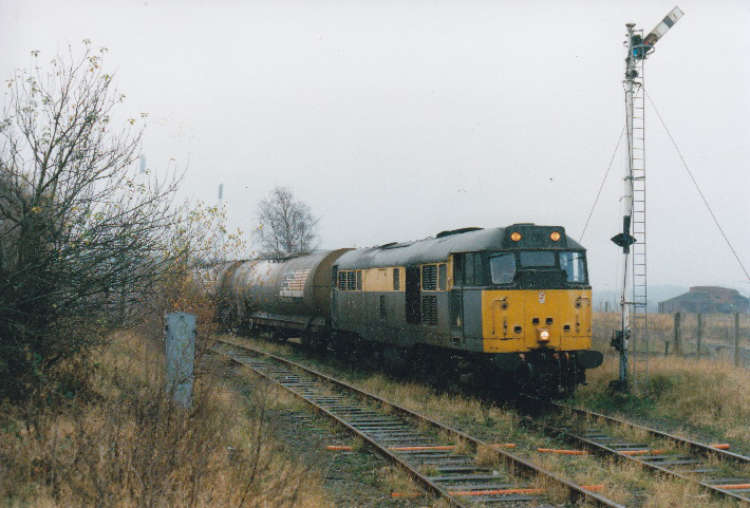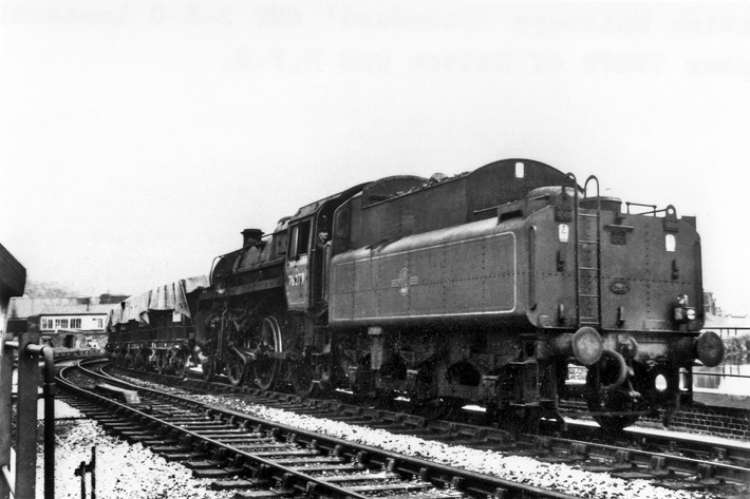
8D ASSOCIATION
The 8D Association is dedicated to promoting the history of the railways of South Lancashire, Merseyside and North Cheshire.
The SH & RGR in pictures
We now have a large collection of pictures from both members and non members. Some of which are rarely photographed locations.
Starting from the sidings which used to be on Spike Island the photographs show some of the workings associated with the line and the eventual decline and closure of this historic line.


Photo by Harry Arnold MBE / Waterway Images.
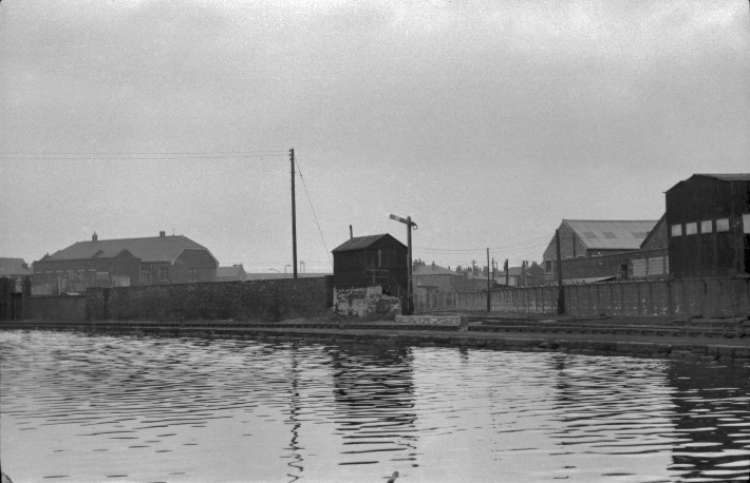
A very rare shot taken across the Sankey Canal and looking at what we believe to have been a signal box. The left hand line following the course of the canal leads to Hutchison and Co Chemical works were as the right hand line is the branch down to West Bank Docks and the Atlas Chemical Works. This branch crossed Waterloo Road south of the original SH & RGR line via an un gated crossing, then ran behind the houses of Pitt Street and Milton Street before coming to a triangular junction with the right fork for Atlas and the left for West Bank Docks. 24th February 1962.
Photo by Harry Arnold MBE / Waterway Images.
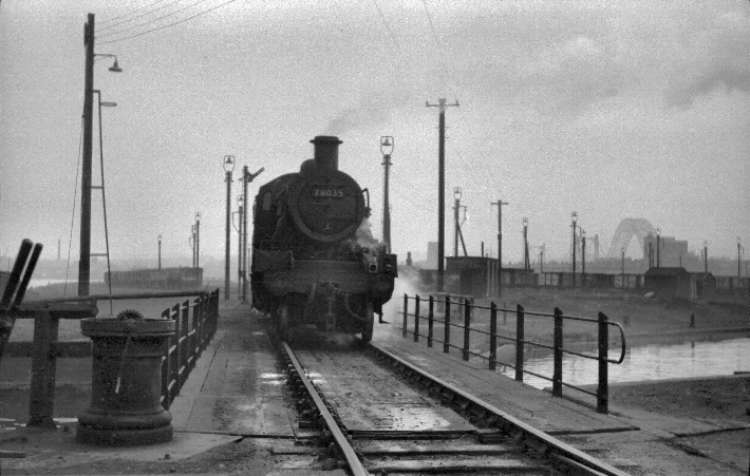
Photo by Harry Arnold MBE / Waterway Images.

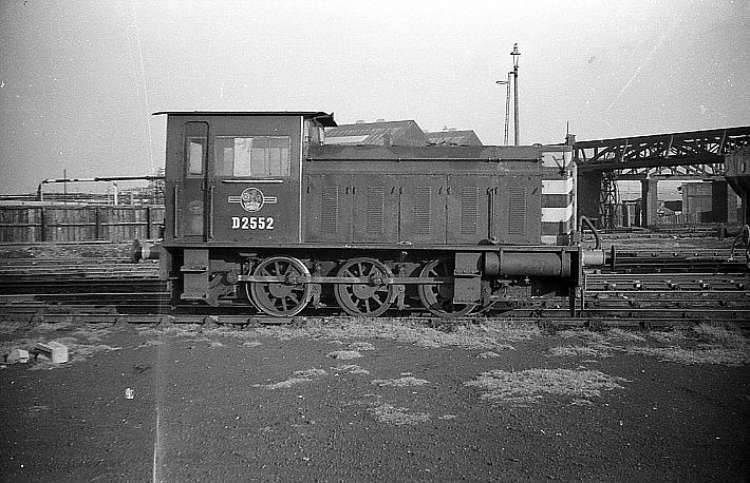

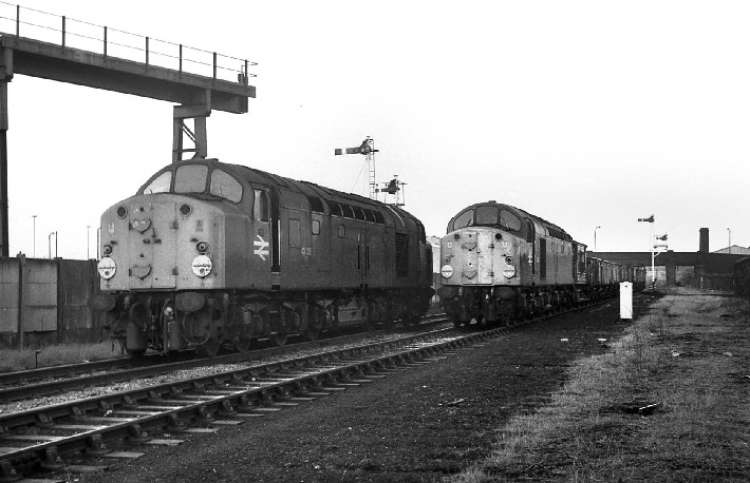

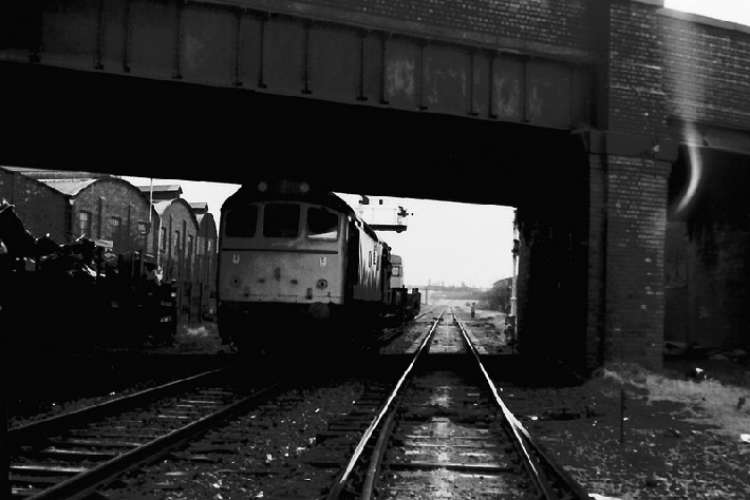
Photo by David Lennon.
To view more of David’s interesting and extensive Flickr photostream click here:-http://www.flickr.com/photos/95062750@N04
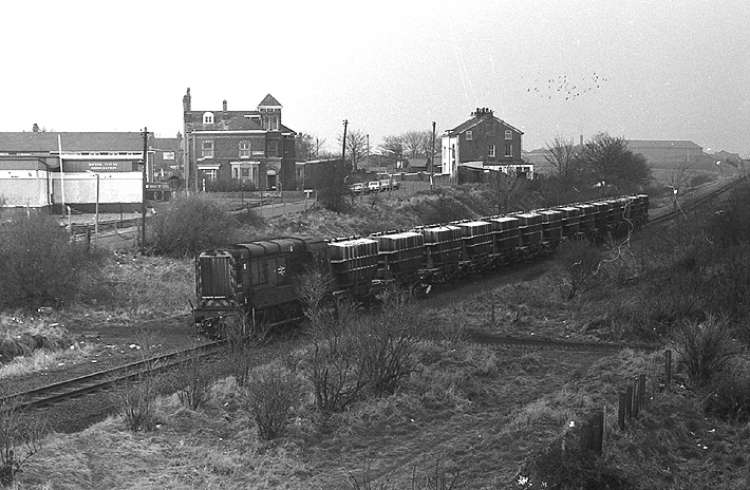


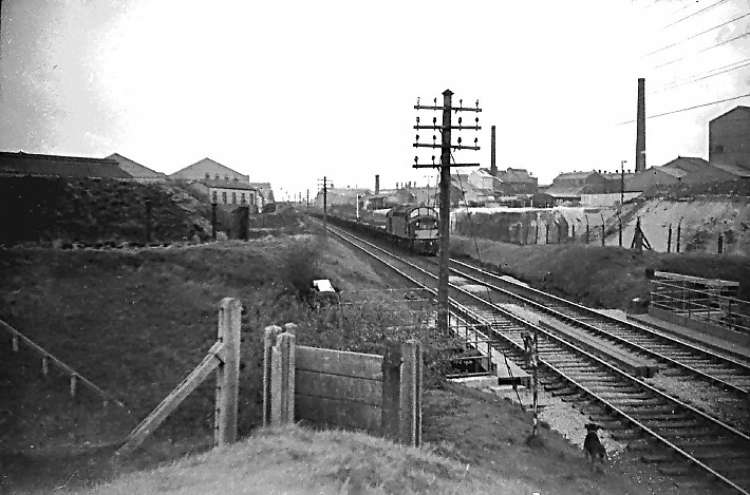
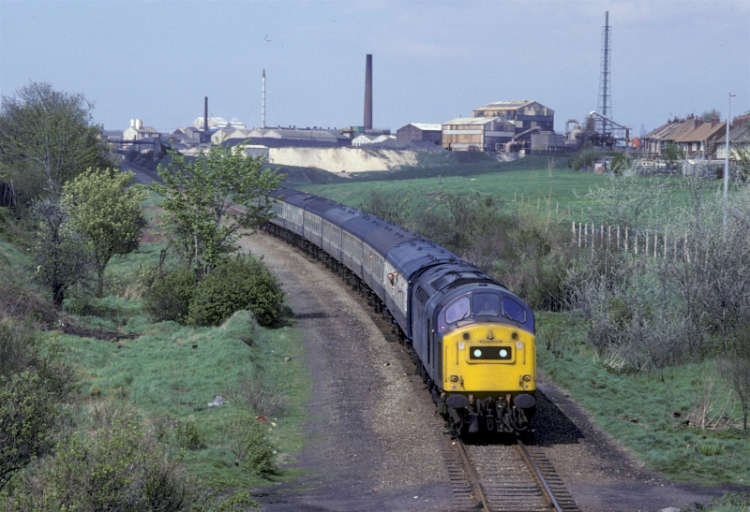
Photograph by David Pool (original image taken on Kodachrome transparency film)
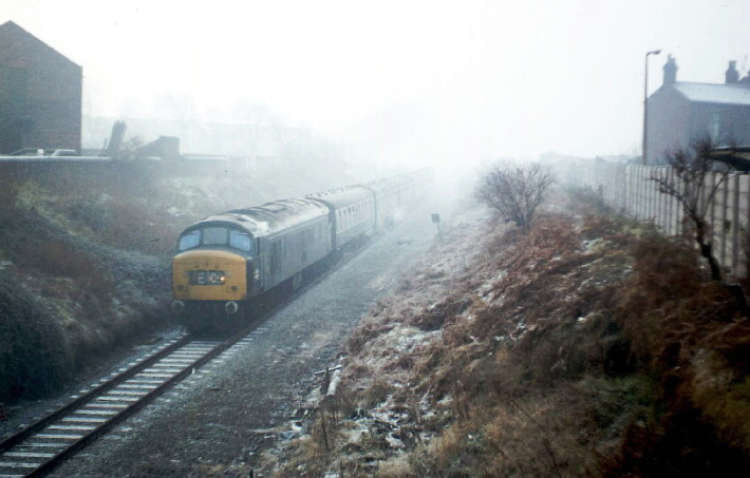
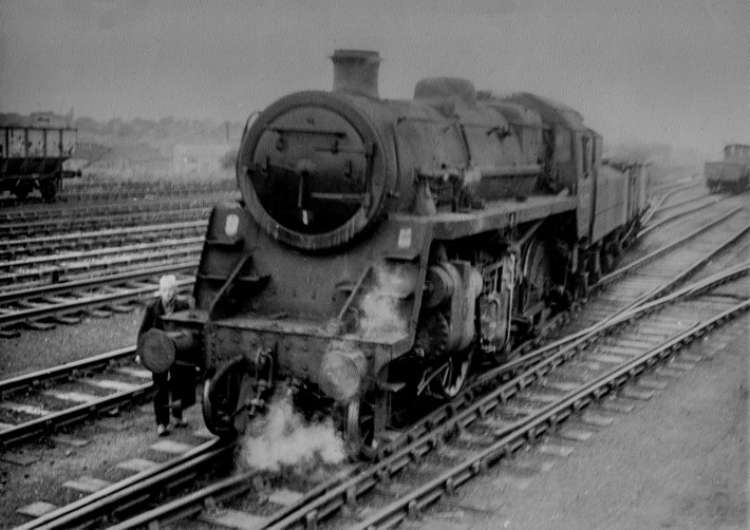
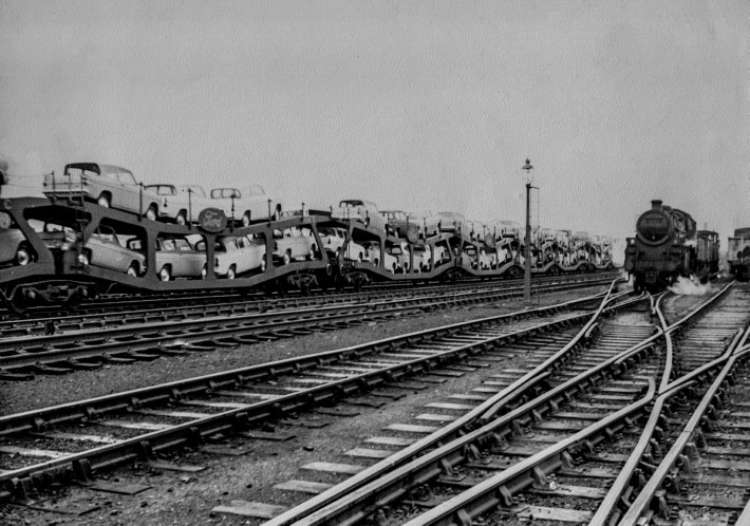
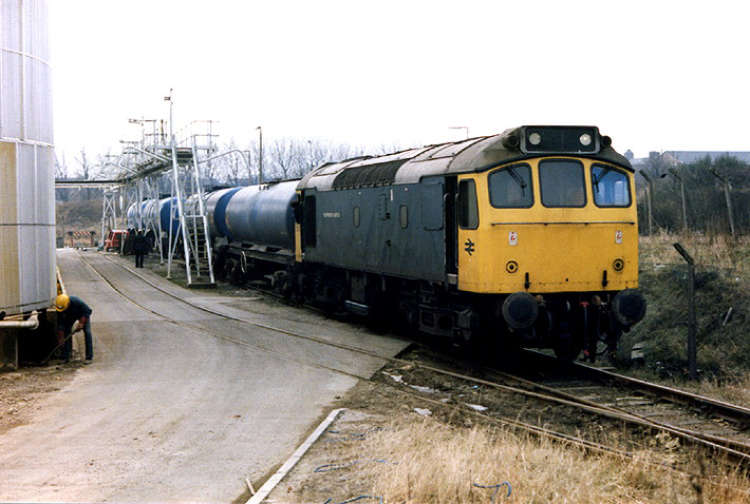
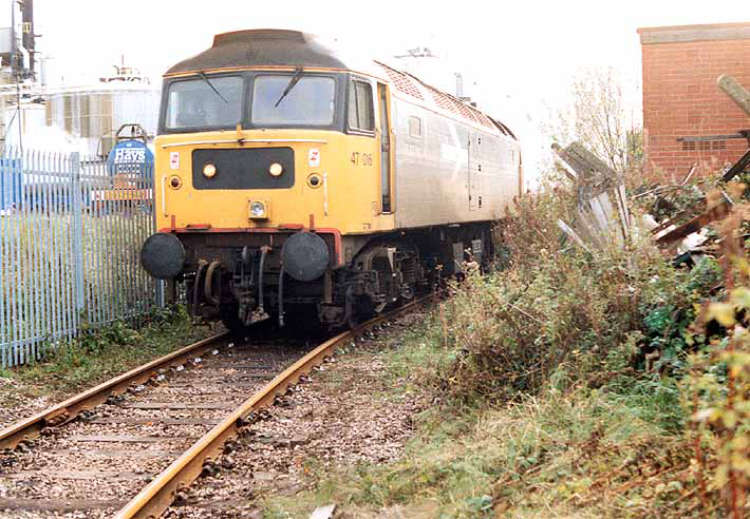
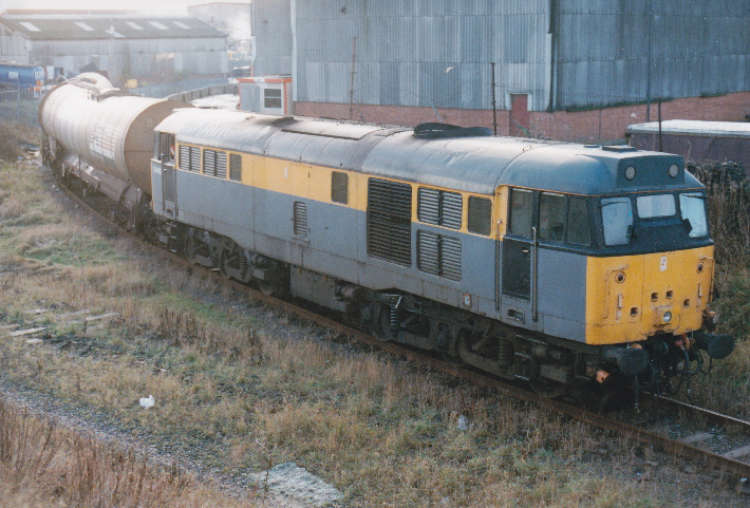


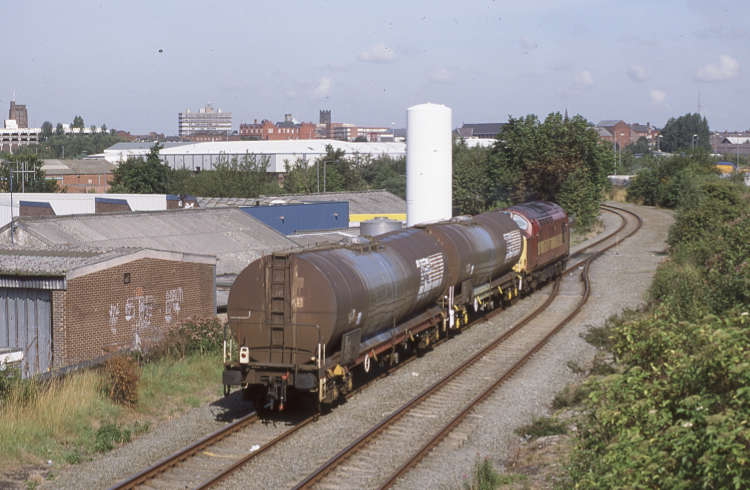
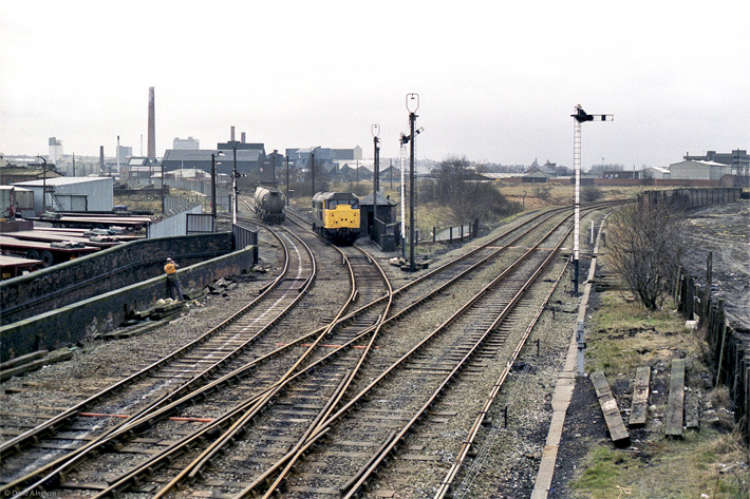
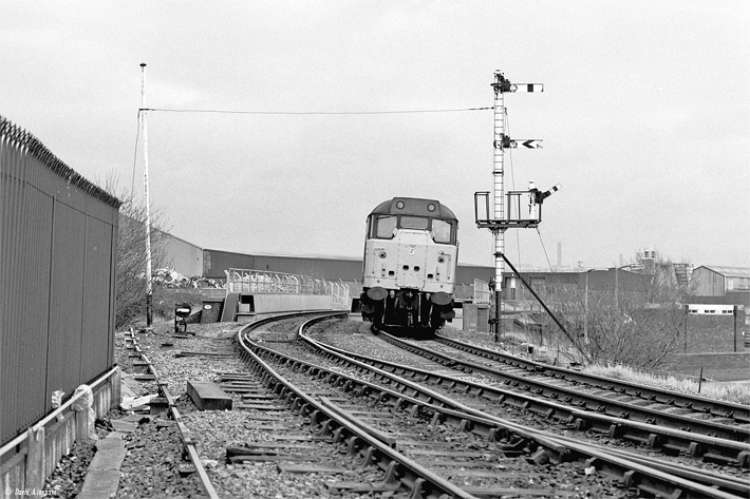

Photo by David Ingham.
To view more of David Inghams extensive collection of photographs click here:-http://www.flickr.com/photos/ingythewingy
